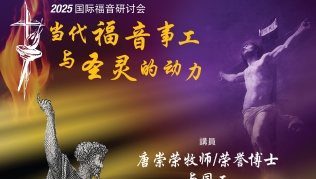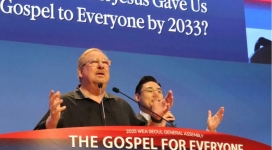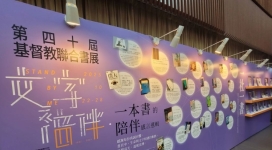SOUTH ASIA -- On Nov. 30, the Southern Baptist Convention launched the weeklong 2003 International Missions Emphasis to boost congregational and individual offerings to the board. The International Mission Board – SBC’s wing for foreign missions, relies on the Lottie Moon Christmas Offering for half of its annual financial support.
To supplement the $133 million offering challenge, the Baptist Press – SBC’s media wing – began releasing a special series on international missions fields, new and old, to supplement the missions emphasis, entitled, “That All Peoples May Know Him: Follow God’s Purpose.”
The Dec. 5 issue highlighted the church-planting movements among the people groups in Southeast Asia, India, China, North Africa, Latin America and Europe. Church planting movement is a rapid multiplication of indigenous churches planting that plant more churches within their own regions.
"Church-planting movements multiply churches and believers as Jesus multiplied the loaves and fishes," said mission strategist David Garrison. "These churches are satisfied with nothing less than a vision to reach their entire people group or city -- and eventually the whole world."
Missionaries are still learning how church-planting movements begin and grow. They aren't mass evangelism campaigns, or spiritual awakenings, or even church-growth movements. They aren't the latest in a long line of missionary strategies.
A missionary or other outsider may start the first church or win the first believer,, but leadership quickly shifts to "insiders."
"In their eyes," Garrison noted, "the movement looks, acts and feels homegrown."
Most important, the indigenous churches -- churches "generated from within" -- quickly begin planting other churches.
"A tipping point occurs when new church starts reach critical mass and, like falling dominoes, cascade into an out-of-control movement flowing from church to church to church," Garrison explained. "When the momentum exceeds the ability of the initiators to control it, a movement is underway."
The indigenous church movement tends to occur within people groups or population segments that share a common language, culture and ethnicity.
"But they rarely stop there," Garrison emphasized. "As the Gospel works its power in the lives of these new believers, it compels them to take the message of hope to other people groups."
According to Gary, the churches in the movement intentionally plant other churches that will, in turn, rapidly reproduce. Then, the leaders disciple others to carry on the commission of the church.
"Where church-planting movements are taking place, you see this pattern of discipleship, where people are held accountable both to apply what they know and to teach others," Gary said. "When that happens, you have the potential for evangelism, discipleship and church planting to take place on a much faster scale. Generations are not measured in decades; they're measured in weeks."
"The lesson God is teaching us is that the 21st century has many parallels with the first century," declares a missionary leader in Asia. "This is the most exciting, challenging and fruitful era of missions. The fields are literally white unto harvest."




![[Exclusive Interview] Evangelist Stephen Tong exhorts the Chinese church to return to the foundations of reformed faith](https://www.gospelherald.com/media/cache/thumbnail/7/23/72340sp_273w_150h_1x_1y.png)

![[Exclusive] Rev. Dr. Richard Tin-Wo Cheung: walking between “charismatic” and “evangelical”](https://www.gospelherald.com/media/cache/thumbnail/7/23/72338sp_273w_150h_1x_1y.jpg)
